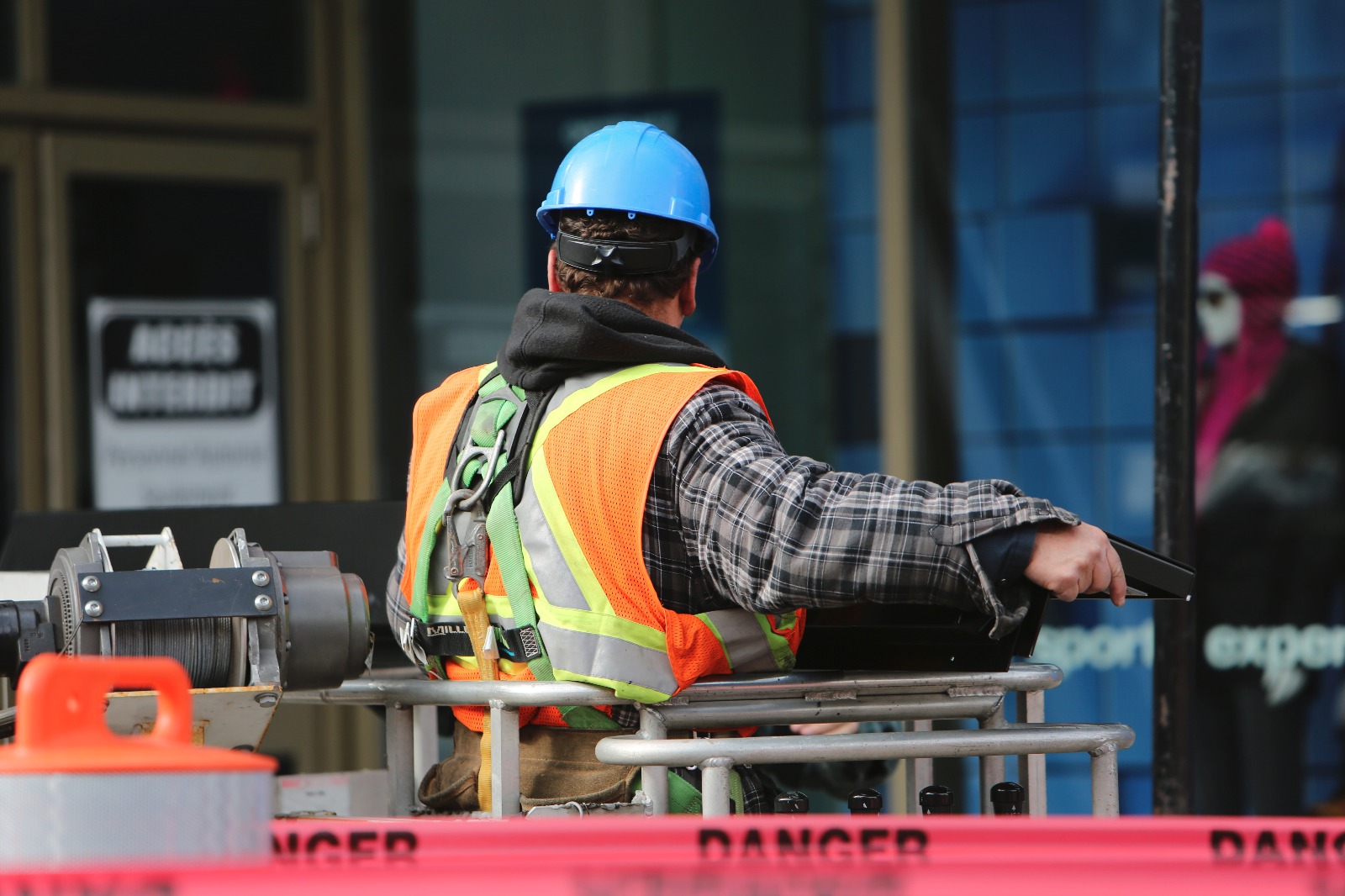
Understanding The Public Safety Coverage Your Local Jurisdiction Requires
As a general contractor, construction project manager, or building owner, you may know that many jurisdictions now require NFP or IFC-complaint public safety and emergency responder coverage as a prerequisite for getting an occupancy permit. You may even be confident that your building requires a public safety coverage solution of some kind. But understanding the details of how coverage is tested and how it can be improved is complicated, and varies greatly by jurisdiction.
First responders must be able to maintain communications throughout a property in an emergency situation. Whether they are responding to a fire, medical emergency or domestic threat, they cannot be in a situation where their radios stop working. It is essential that their communication devices continue to transmit in hard-to-reach areas, such as stairwells, elevators, basements, and thick-walled or shielded areas.
Almost every city and county in the US has enacted local ordinances and codes making in-building coverage for first responders mandatory. These regulations mandate that every building must meet a minimum level of first responder communication reliability as a condition for occupancy. It is the responsibility of the building owner or operator to test their building and, if needed, install a system and make sure it is up to code.
Local jurisdictions draw on suggested ordinances written by a few different organizations, including:
- National Fire Protection Agency (NFPA)
- International Code Council (ICC)
- International Fire Code (IFC)
- International Building Code (IBC)
- First Responder Network Authority (FirstNet)
Every jurisdiction has slightly different ordinances. Some larger cities have drafted their own codes to govern public safety communications. But most smaller municipalities are adopting the language in the IFC and NFPA codes rather than developing their own ordinances. That means that the location of your building and the relevant local authority dictates which codes you must meet.
New construction must comply with these codes and these codes are being enforced retroactively in existing buildings in some cities and is expected to be required in all existing buildings in the future.
The NFPA and IFC are the most commonly used standards and have been adopted by many local authorities. It is imperative that you understand these requirements, because your building, and any installed public safety DAS, must meet all of them to pass inspection.
Here’s a quick run-down of the most common and important requirements:
- Wireless Coverage: The NFPA dictates that 99% coverage is required in areas of “vital importance,” which are designated by your local fire department. In other areas, 90% coverage is required.
- Equipment Enclosures: The NFPA and IFC specify that all equipment supporting the public safety network must be housed in NEMA-4 compliant enclosures.
- Minimum Signal Strength: According to both the NFPA and IFC, a minimum signal strength of -95 dB is required for adequate coverage.
- Battery Backup: Equipment that supports the public safety radio system must be able to function for 24 hours or the jurisdictions requirement on a backup battery.
- Antenna Isolation: The NFPA dictates that antenna isolation must be 15 dB higher than the gain of the amplifier.
- Fire Ratings: Cables connecting public safety electronic equipment must meet a two-hour fire rating. This also applies to the room that contains the equipment.
In addition to these equipment and signal guidelines, there are also coverage testing requirements. Coverage generally must be tested according to a “20 grid” or “40 grid” process. In grid testing, each floor of a building is split into 20 or 40 sections, and each section is tested using a public safety radio to ensure that there is connectivity and that the signal meets minimum downlink and uplink requirements.
In most buildings with poured-concrete structures or underground garages, a public safety amplification system will be needed. These systems are interchangeably referred to as Public Safety “Distributed Antenna Systems” (DAS), Public Safety “Bi-Directional Amplifiers” (BDAs) or Public Safety “Repeaters.” The grid testing helps inform exactly which areas will need to be covered by the system.
Once installed, the public safety system must be able to pass three types of tests: commissioning tests performed by the building owner, acceptance tests under the supervision of the Authority Having Jurisdiction (AHJ), and annual system performance and battery backup tests.
Building owners must also be prepared to obtain any permits required for the installed equipment and guarantee minimum qualifications for the personnel installing the equipment . In most jurisdictions, the installation will need to be completed by an FCC certified technician, and in some cases by an OSHA safety certified engineer. Finally, there are often specific requirements for the as-built drawings.
The right systems integrator can assist through the entire process of installing a public safety system in your building, including:
- Researching the utilized public safety frequencies in your area.
- Understanding your local jurisdiction’s coverage testing protocols.
- Performing initial tests to see if the building requires a public safety DAS.
- Choosing the right public safety coverage system.
- Ensuring that you are using the right NEMA enclosures.
- Installing sufficient battery backup capacity.
In-building public safety systems are complicated and influenced by ever-evolving codes, but that doesn’t relieve building owners from the responsibility of being in compliance. If the task of installing an in-building public safety system seems overwhelming, partner with a certified and independent systems integrator like RF Freqs. With over 20 years of experience and access to the latest products, our staff can tailor the best solution for your particular needs. We offer a free estimate for buildings of any size, and our team has the expertise and experience you need to get the job done right the first time. Go to our website www.rffreqs.us for a free quote.

No Comments
Sorry, the comment form is closed at this time.